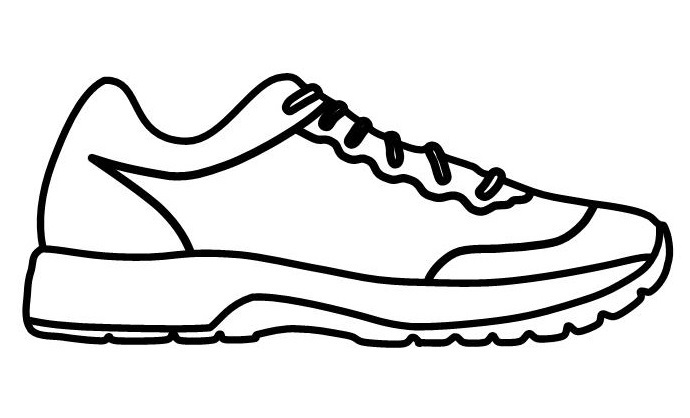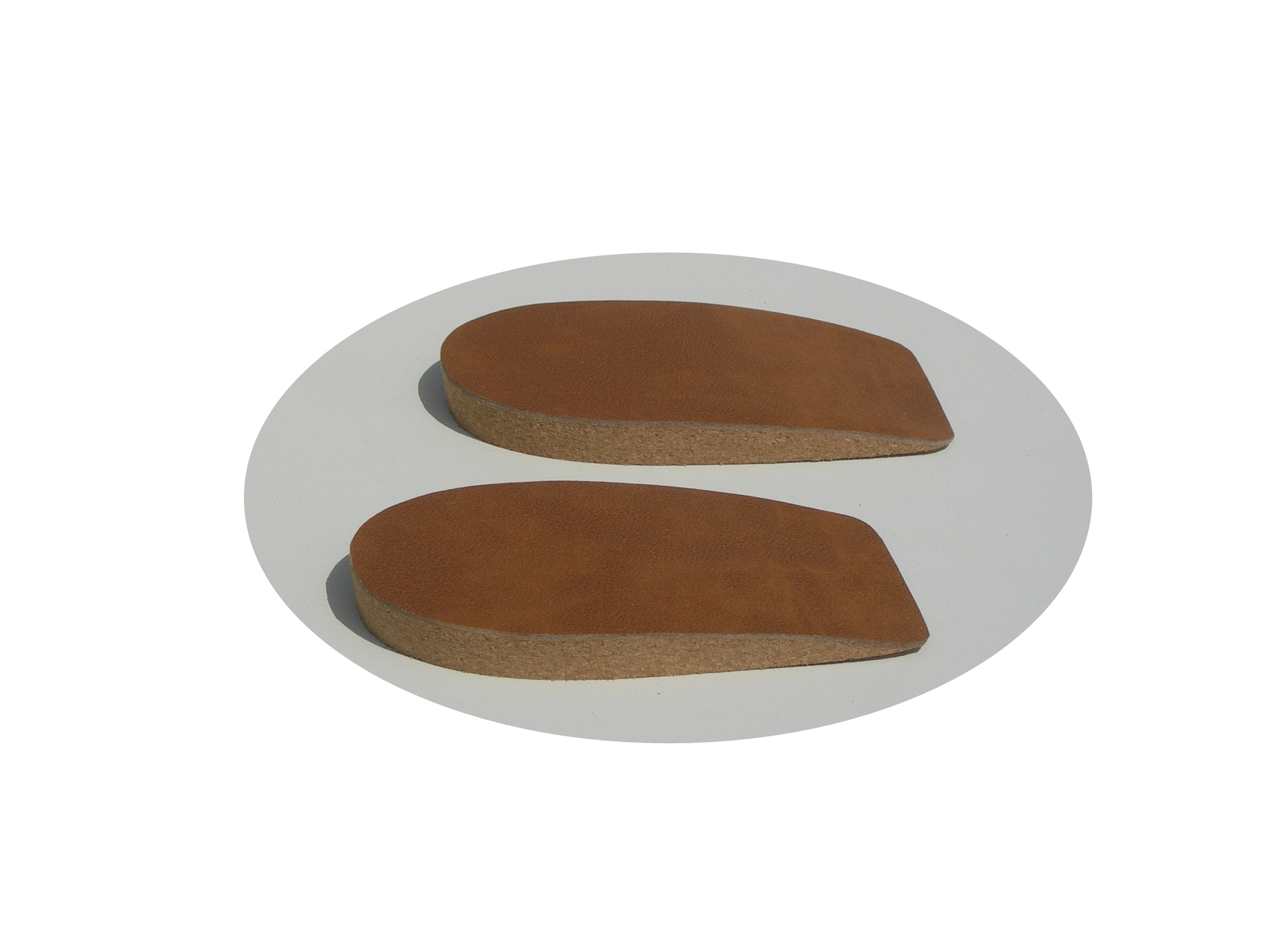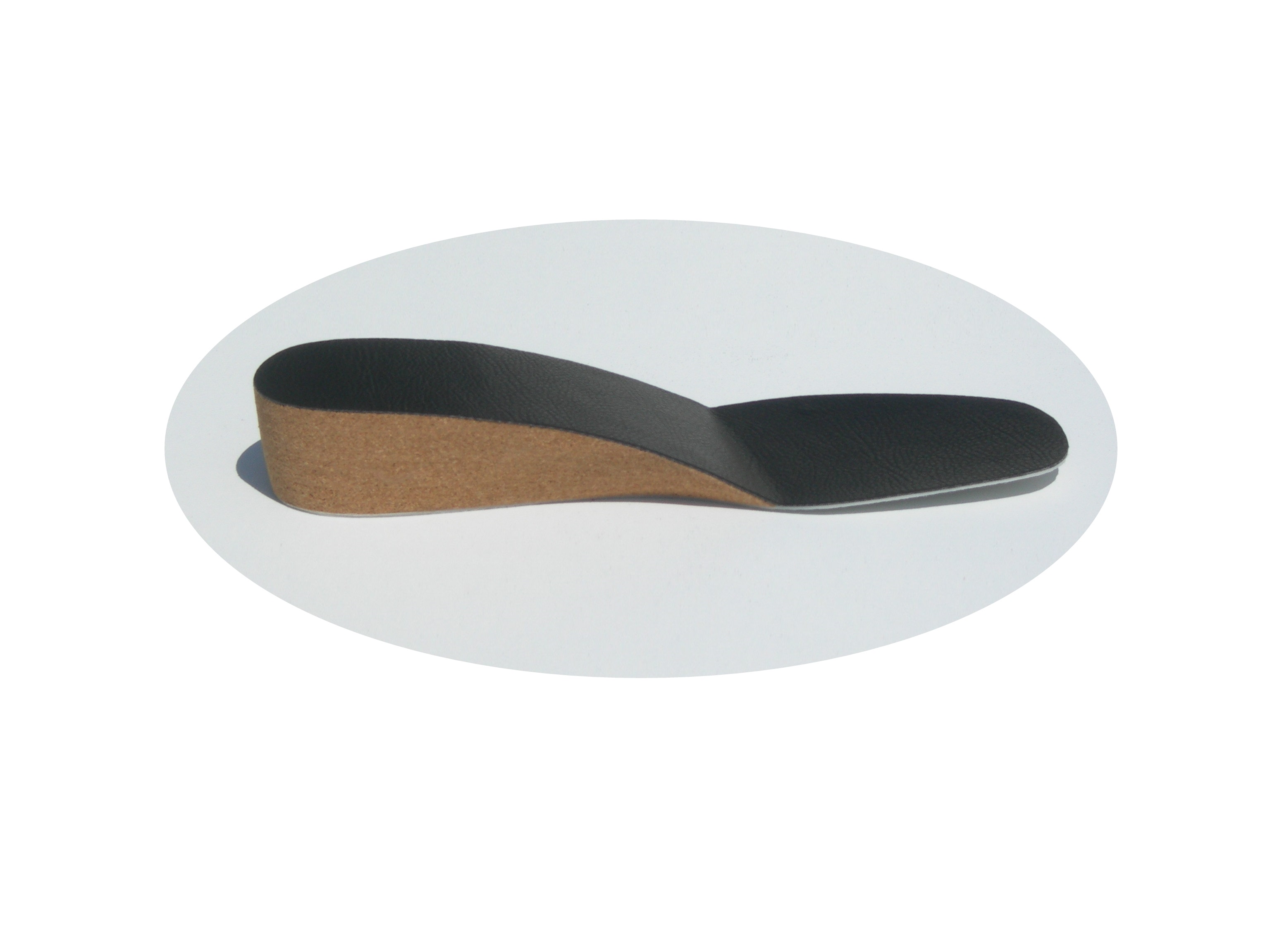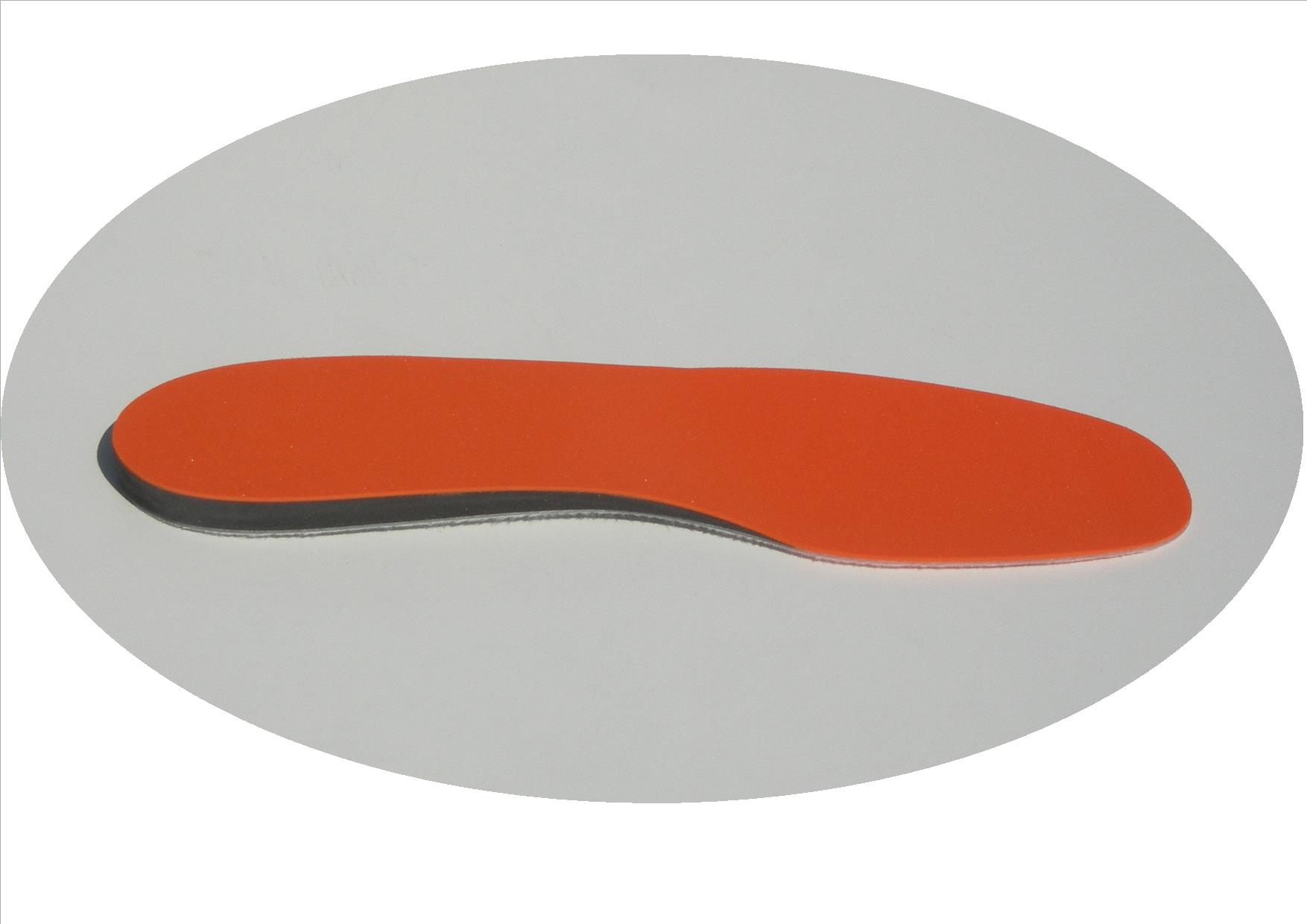

Appelez-nous au : 02 47 65 00 74




Talonnettes pour corriger une inégalité de longueur de jambe
Conditionnement: 2 talonnettes
Adaptées aux chaussures de sport


Hauteur de la compensation
Le 1er mois, la hauteur de la compensation doit être
Le 2ème mois, la hauteur de la compensation doit être
Puis, le mois suivant passer à la hauteur définitive de manière permanente
Nos talonnettes de compensation autocollantes de sport sont spécialement adaptées pour toutes les chaussures de sport pour corriger ou compenser une jambe plus courte que l’autre ou pour un usage de talonnettes grandissantes. Elles sont réalisées en monobloc de matière dense, neanmoins légère et non traumatisantes. Elles sont lessivables et faciles d’entretien.
Le principe de la compensation impose l’utilisation de matériaux incompressibles pour garantir une correction rigoureuse et permanente.
Les talonnettes de compensation se collent dans les chaussures de sport, sous les semelles de propreté, au niveau du talon, du côté du membre inférieur le plus court. (Elles n’ont pas de côté, elles peuvent se placer aussi bien sous le pied droit que sous le pied gauche).
Il est important de porter la compensation dès que vous êtes verticalisé (station debout). Il faut donc, équiper de talonnettes toutes vos baskets ou chaussures de sport.
Vous trouverez nos talonnettes de compensation pour chaussures de sport en: 3mm, 4mm, 5mm, 6mm, 7mm, 8mm, 9mm, 10mm, 11mm, 12mm, 13mm, 14mm, 15mm, 16mm, 17mm, 18mm, 19mm, 20mm, 21mm, 22mm, 23mm, 24mm, 25mm, 26mm, 27mm, 28mm, 29mm, 30mm, 31mm, 32mm, 33mm, 34mm et 35mm.
Si vous avez à corriger pour la première fois une inégalité de longueur de jambes;
Nous avons développé un calculateur qui pourra vous aider à trouver la bonne hauteur de compensation de votre talonnette de sport. Il suffit de remplir 3 paramètres pour obtenir le résultat.
Si malgré tout vous avez un doute, n'hésitez pas à nous contacter par téléphone. Un orthopédiste vous répondra.


 et en version (Semelle orthopédique de sport pour jambe plus courte que l'autre) pour chaussures de Sport
et en version (Semelle orthopédique de sport pour jambe plus courte que l'autre) pour chaussures de Sport
Produits associés

Inégalité de Longueur des Membres Inférieurs
Plus le déficit ou ILMI est important et plus la bascule du bassin est manifeste. La différence de longueur entre les deux jambes peut entrainer des douleurs au niveau des vertèbres lombaires. La correction par compensation est la première chose à faire. En lire plus…







